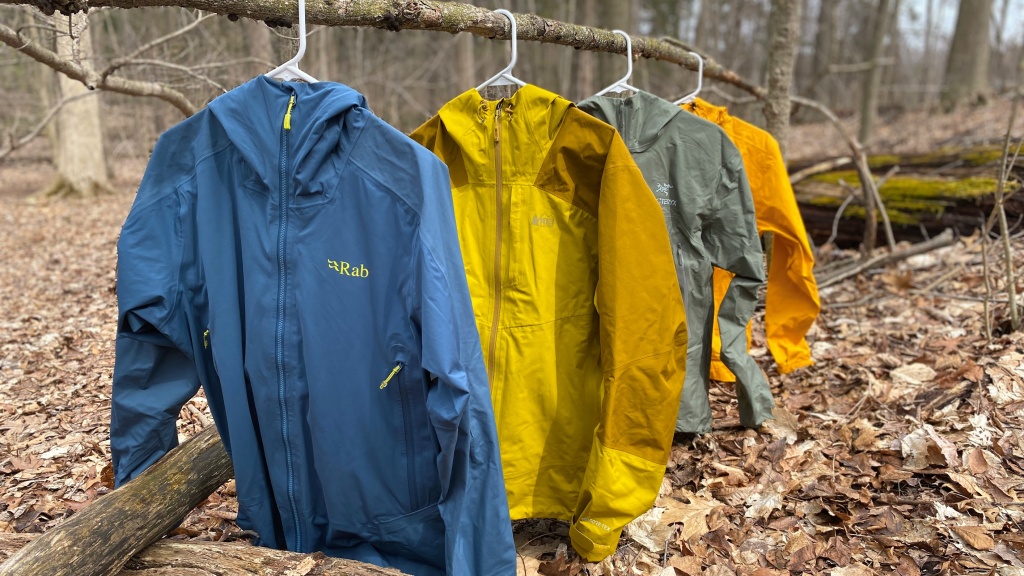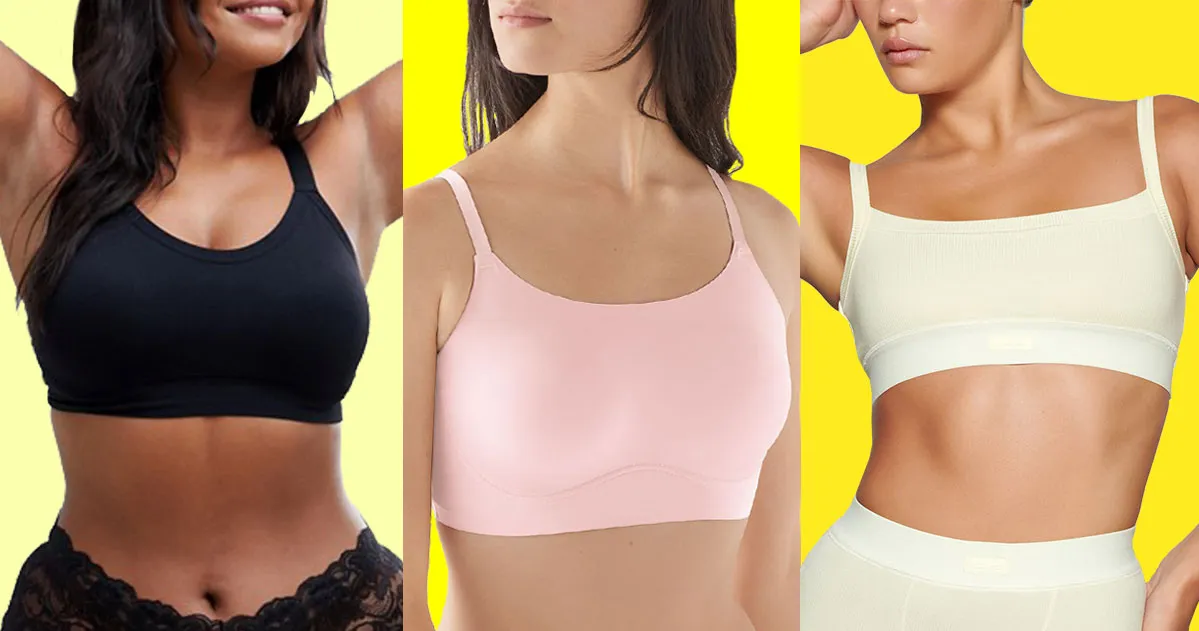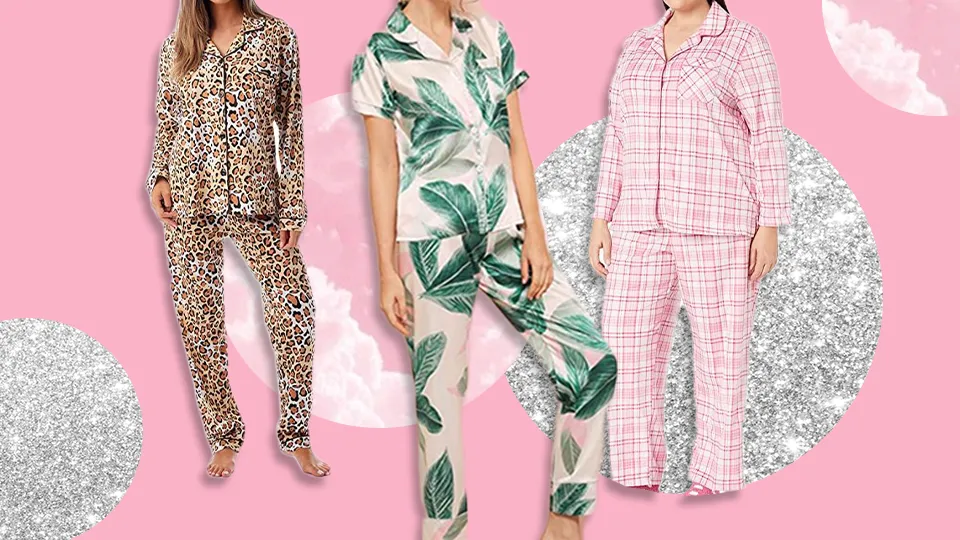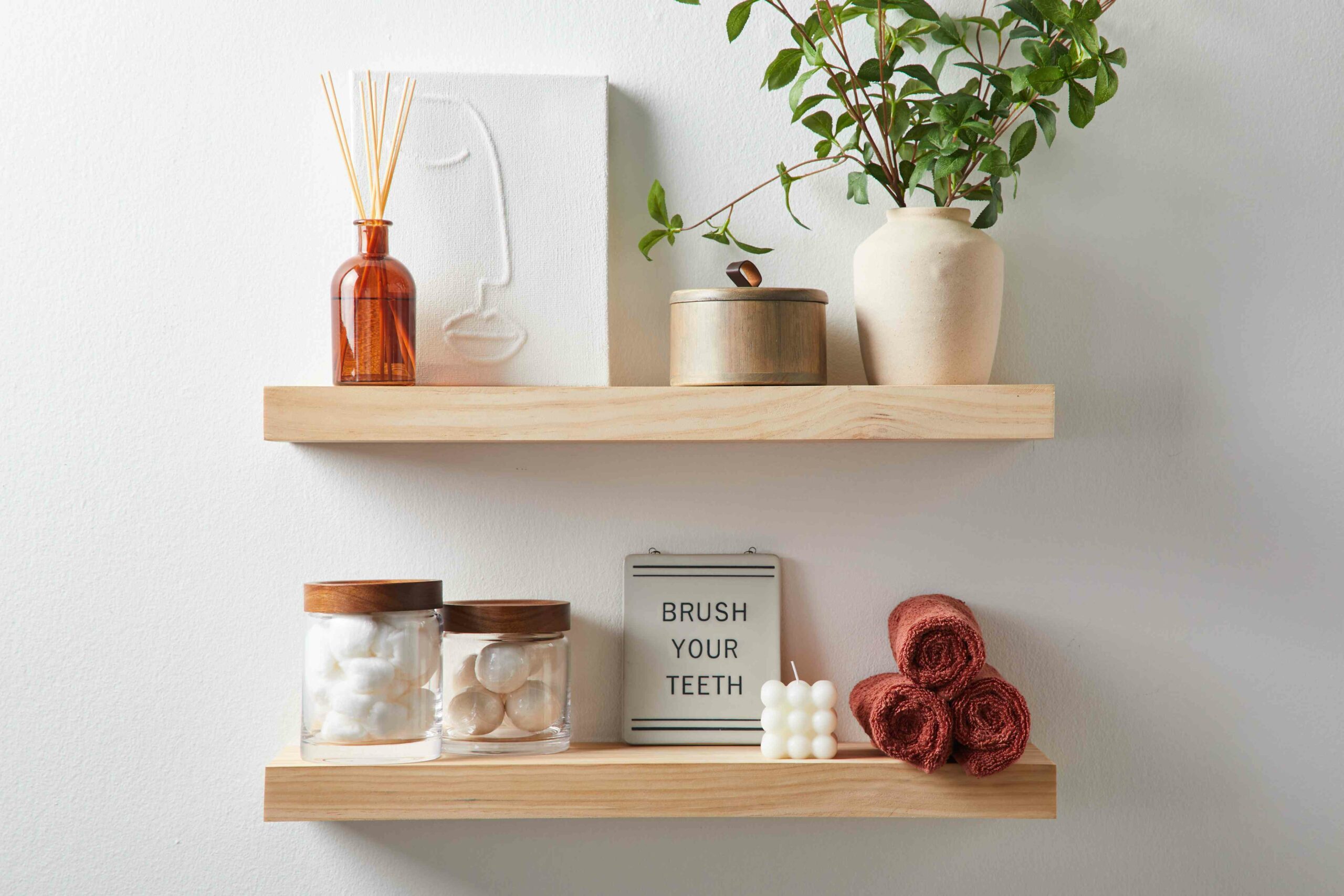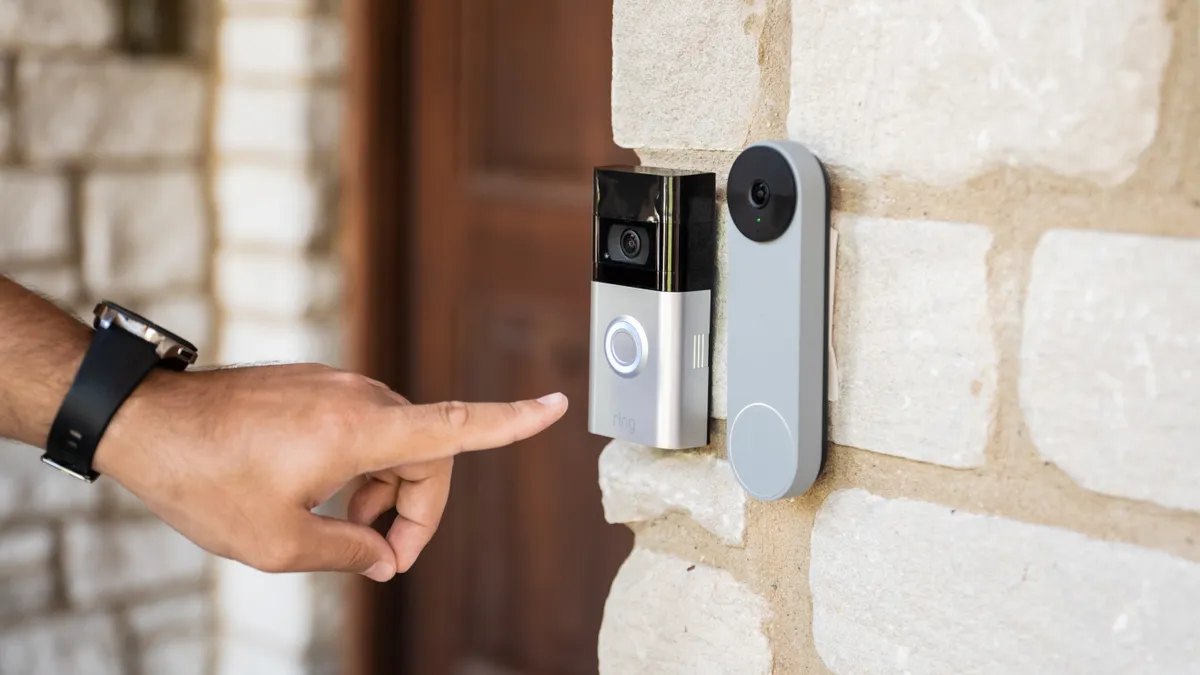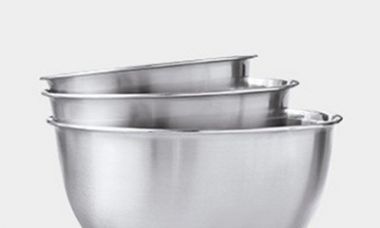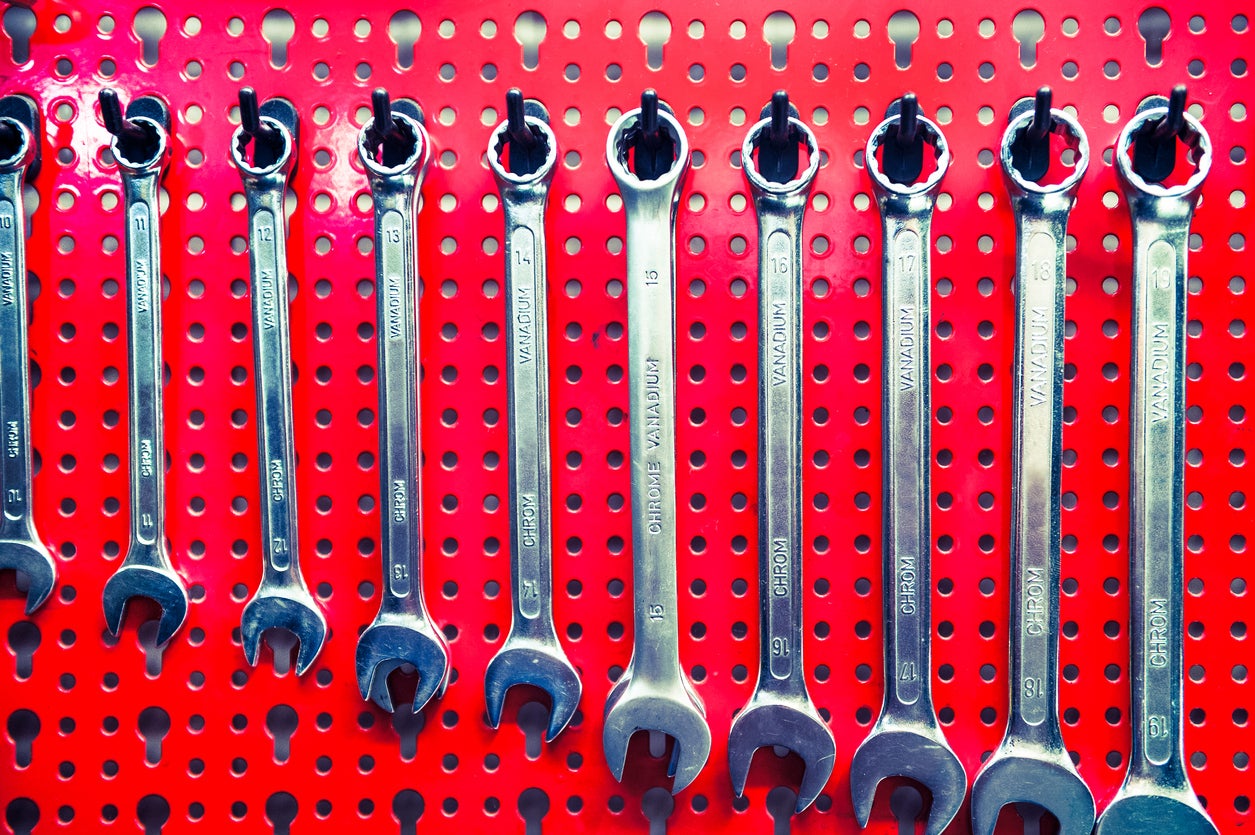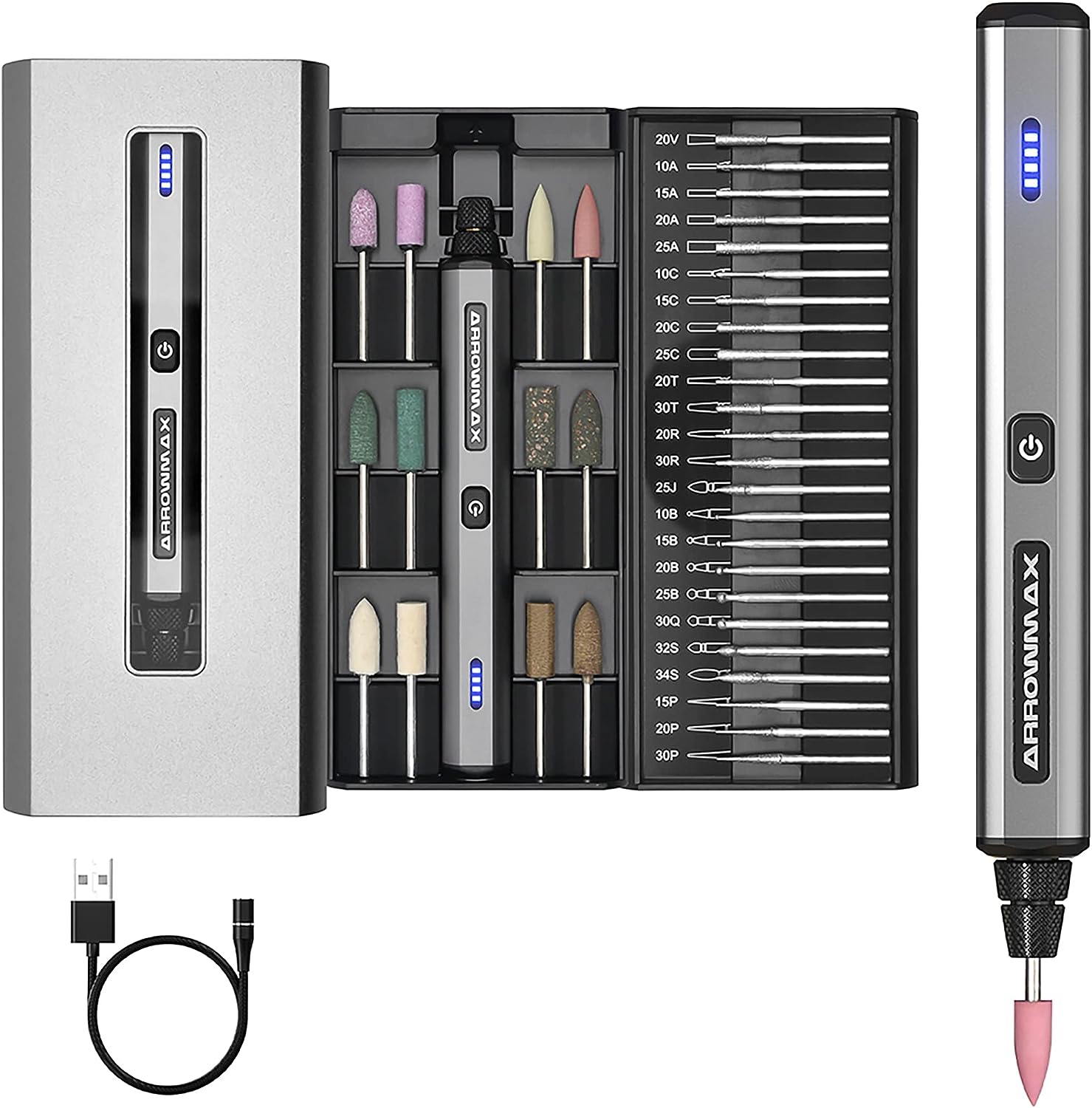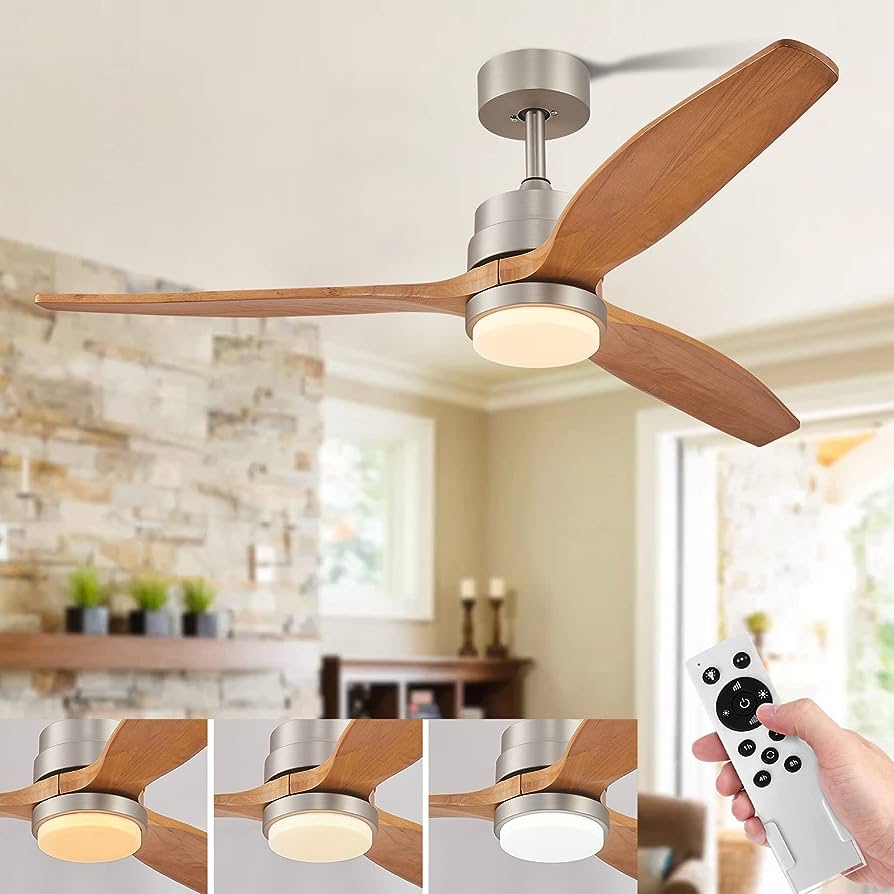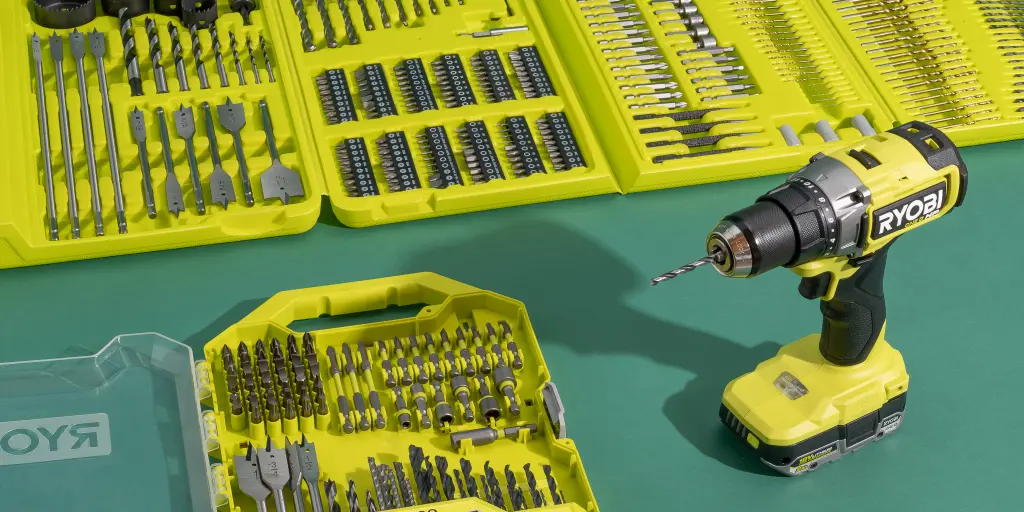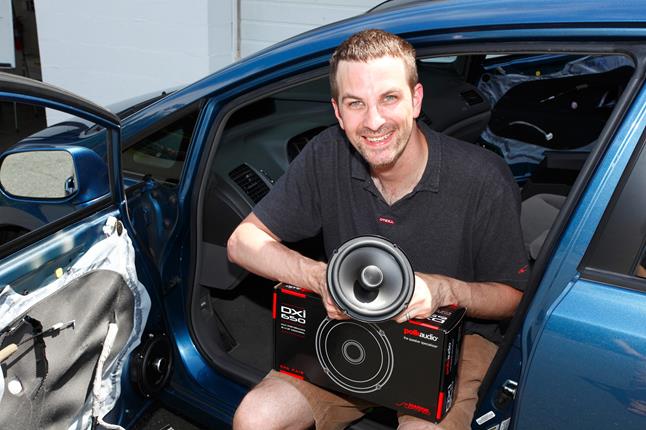Rain jackets are essential for staying dry and comfortable during wet weather. Whether you are an outdoor enthusiast, a fashion-conscious individual, or simply someone who wants to stay protected from the rain, there is a perfect rain jacket out there for you. In this article, we will explore various types of rain jackets, their key features, and how to choose the perfect fit for your needs. We will also delve into the world of waterproof and breathability ratings, sustainable and eco-friendly options, and stylish rain jackets that will make rainy days a fashion statement. Additionally, we will provide tips on how to properly care for and maintain your rain jacket, and discover budget-friendly options without compromising on quality. Get ready to embrace the rain with confidence and style!
Types of Rain Jackets: Choosing the Perfect Fit for Your Needs
When it comes to rain jackets, there is no one-size-fits-all solution. With so many options available, it can be overwhelming to choose the perfect fit for your needs. But fear not, because we’re here to help you navigate through the different types of rain jackets and find the one that suits you best.
Hardshell vs. Softshell Rain Jackets: Understanding the Difference
One of the first decisions to make when choosing a rain jacket is whether to go for a hardshell or a softshell style. Hardshell rain jackets are typically made with a waterproof and windproof outer layer and are excellent at repelling rain even in heavy downpours. They are lightweight and durable, making them ideal for outdoor activities like hiking or backpacking where you need reliable protection.
On the other hand, softshell rain jackets offer more breathability and flexibility. They are made with a stretchy and comfortable fabric that allows for greater range of motion. Softshell jackets are perfect for activities that require more mobility, such as running or cycling in light rain conditions.
Insulated vs. Shell Rain Jackets: Considering your Climate
Another factor to consider when choosing a rain jacket is the climate you will be wearing it in. If you live in a colder region or often find yourself in chilly and wet conditions, an insulated rain jacket is a great choice. These jackets have added insulation to provide warmth in addition to keeping you dry.
On the other hand, if you live in a milder climate or will be wearing the rain jacket during warmer seasons, a shell rain jacket might be a better option. Shell jackets prioritize breathability over insulation, making them more comfortable in higher temperatures.
Packable Rain Jackets: Convenient for Travel
For those who are always on the go or like to travel light, packable rain jackets are a game-changer. These jackets are designed to be compact and fold into their own pocket or a small carrying pouch. With their lightweight and portable features, packable rain jackets can easily fit into your backpack or luggage without taking up too much space. Perfect for unexpected showers or sudden weather changes during your adventures!
- OMNI-TECH: Our proprietary technology provides air-permeable protection that's waterproof and breathable, keeping mother nature's elements out, at the...
- WATERPROOF AND BREATHABLE WINTER COAT: Made with advanced technology materials it’s a wet-weather jacket designed to keep you incredibly comfortable...
- WATERPROOF JACKET: Crafted from a waterproof nylon shell durable enough to withstand anything from drizzle to downpour at a moment's notice
- PACKABLE PROTECTION: With a sleek, packable design, this jacket folds into its own hand pocket for easy transport
- 【QUALITY FABRICS】 - ODYSSEY-REFUGE Made of 100% polyester fiber material, this kids rain jacket is lightweight, wear-resistant and easy to clean....
- 【WATERPROOF, WINDPROOF, BREATHABLE】 - ODYSSEY-REFUGE This kids rain coat has waterproof, windproof, and breathable functions, making it easy to...
- [Portable]: Comes with a convenient color-matched storage pouch, making it easy to carry and pack away when not in use. Ideal for keeping in your bag...
- [Material]: Made from 100% polyester fabric, this rain poncho is eco-friendly and certified by OEKO-TEX STANDARD 100 for safety and environmental...
- Vanquish the elements donning Columbia Arcadia II Jacket! This jacket is your ultimate weather warrior, featuring Omni-Tech waterproof and breathable...
- 100% nylon.
- High quality special waterproof and windproof fabric offers a breathable and comfortable wear experience in any kinds of weather condition
- Classic and functional design in relaxed fit, zipper , featuring waterproof layer, adjustable drawstring hood, , classic solid color, full protecting...
- Get your adventure started as soon as you take off in the Switchback III Jacket.
- Omni-shield advanced water repellant system repels liquids below 170 Fahrenheit from absorbing into the jacket.
- Rain Defender durable water repellent (DWR) keeps you dry and moving in light rain
- Polyester mesh-lining body for breathability, Taffeta sleeve lining for easy on-and-off
- WATERPROOF - Made with frogg toggs breathable, non-woven fabric that is waterproof, wind resistant, and extremely lightweight. Perfect for light use...
- AFFORDABLE PROTECTION - the unique Polypropylene material provides excellent, affordable, and reliable rainwear
- 【WATERPROOF & BREATHABLE】33,000ft men's softshell jacket with hood features 3-layered material with outer soft shell, TPU membrane mid-layer and...
- 【WARM FLEECE LINED JACKET】33,000ft men's fleece lined soft shell jacket gives you additional thermal insulation and superior moisture-wicking...
As an Amazon Associate I earn from qualifying purchases. Learn More
Key Features to Look for in a Quality Rain Jacket
When investing in a rain jacket, it’s essential to look for certain key features that will ensure its performance and durability. By understanding these features, you’ll be able to make an informed decision and select a rain jacket that will stand up to the elements.
Waterproofing Technologies: Sealing out the Rain
One of the most crucial features to consider is the waterproofing technology used in the rain jacket. Look for jackets that are made with materials treated with durable water repellent (DWR) coating. This coating helps water bead up on the surface and prevents it from penetrating the fabric. Additionally, some rain jackets come with taped seams that provide extra protection against water seepage.
Adjustable Hoods and Cuffs: Keeping You Dry
A good rain jacket should have an adjustable hood that can be tightened around your head to keep rain from dripping onto your face. Hoods with built-in visors provide even better protection. Adjustable cuffs are also important to prevent rain from entering through the sleeves. These features allow you to customize the fit and ensure a snug and watertight seal.
Pockets and Ventilation: Practical and Functional
Pockets are another useful feature to consider in a rain jacket. Look for jackets with multiple pockets, both inside and outside, so you can conveniently store small essentials like keys or a phone. Additionally, ventilation features such as underarm vents or mesh-lined pockets help prevent condensation buildup and promote breathability, keeping you comfortable even during strenuous activities.
Understanding Waterproof and Breathability Ratings in Rain Jackets
When shopping for rain jackets, you’ll often come across waterproof and breathability ratings. Understanding these ratings is essential to ensure you choose a rain jacket that matches your needs and preferences.
Waterproof Ratings: Protecting You from Rain
Waterproof ratings are measured in millimeters (mm) and indicate the amount of water a fabric can withstand before it starts leaking. For example, a rain jacket with a 10,000mm waterproof rating means it can withstand a column of water 10,000mm tall before it begins to leak. The higher the rating, the more waterproof the jacket is. Keep in mind your activity level and the climate you’ll be in when choosing a waterproof rating.
Breathability Ratings: Letting Your Body Breathe
Breathability ratings measure how effectively a fabric allows moisture vapor, such as sweat, to escape from inside the jacket. These ratings are measured in grams (g) and indicate how much moisture can pass through a square meter of fabric in a 24-hour period. The higher the breathability rating, the more comfortable the jacket will be during physical activities. Look for rain jackets with breathable membranes or fabrics that wick away moisture from your skin.
Exploring Sustainable and Eco-Friendly Rain Jacket Options
As environmental awareness grows, so does the demand for sustainable and eco-friendly products, including rain jackets. If you’re looking for a rain jacket that aligns with your values, there are several options to explore.
Recycled Materials: Giving New Life to Waste
Many rain jacket manufacturers now use recycled materials, such as polyester made from recycled plastic bottles. By using recycled materials, these jackets help reduce waste, conserve resources, and minimize the environmental impact of the garment industry. Look for rain jackets that mention recycled content in their materials to support sustainable practices.
Fluorocarbon-free DWR: Reducing Harmful Chemicals
Another aspect to consider when looking for eco-friendly rain jackets is the Durable Water Repellent (DWR) coating. Traditional DWR coatings contain fluorocarbons, which have been found to be harmful to the environment. Look for rain jackets that state they use fluorocarbon-free DWR coatings, as these are safer and less damaging to the environment.
Fair Trade and Ethical Production: Supporting Workers’ Rights
If you want to ensure your rain jacket is produced under fair labor conditions, look for brands that prioritize fair trade and ethical production. These brands often have certifications or partnerships with organizations that promote workers’ rights and ensure safe working conditions throughout the supply chain. By choosing rain jackets from such brands, you can support fair and ethical practices in the fashion industry.
Types of Rain Jackets: Choosing the Perfect Fit for Your Needs
So, you’re in the market for a rain jacket, but with so many options out there, how do you narrow down your choices? Well, let’s dive into the different types of rain jackets and find the perfect fit for your needs.
Hardshell Rain Jackets: Conquering the Downpour
When it comes to battling torrential downpours, hardshell rain jackets are your best bet. These jackets are made with a durable, waterproof outer layer that keeps rain at bay. They’re great for outdoor enthusiasts who face harsh weather conditions and need maximum protection. Plus, hardshell jackets are typically lightweight and packable, making them ideal for hiking or backpacking trips.
Softshell Rain Jackets: Versatile and Comfortable
Looking for a rain jacket that can withstand a drizzle but still maintain breathability and flexibility? Softshell rain jackets might be the answer. These jackets are made with a stretchy and highly breathable fabric that is both water-resistant and windproof. Softshell jackets are perfect for activities like running or cycling, where you need freedom of movement and protection from the elements.
Insulated Rain Jackets: Warmth in Wet Conditions
If you often find yourself in wet and cold climates, an insulated rain jacket could be your best companion. These jackets are designed to provide warmth and protection in chilly and damp conditions. They have an insulating layer that traps heat, keeping you cozy even in wet weather. Insulated rain jackets are excellent for winter hikes, skiing trips, or everyday use in colder regions.
Key Features to Look for in a Quality Rain Jacket
Now that we’ve explored the different types of rain jackets, let’s discuss some key features to look for when choosing the perfect one for you.
Waterproof and Seam Sealed
You want a rain jacket that will keep you dry, right? So, it’s essential to check for a high level of waterproofing. Look for jackets with waterproof ratings and fully taped or sealed seams to ensure no water seeps through. After all, a rain jacket is only as good as its ability to keep you dry!
Breathability for Comfort
Nobody wants to feel like they’re wearing a sauna inside their rain jacket. That’s where breathability comes into play. Look for jackets that have breathable membranes or ventilation systems to allow airflow. This way, you can stay dry on the inside, too, by letting excessive heat and sweat escape.
Adjustable Hood and Cuffs
When the rain starts pouring, you’ll be thankful for an adjustable hood and cuffs on your rain jacket. These features help to create a snug fit, keeping water out and ensuring your head and wrists stay dry. You can customize the fit to your liking, adapting to different weather conditions so you can stay comfortable and protected.
Understanding Waterproof and Breathability Ratings in Rain Jackets
Now, let’s dive deeper into understanding waterproof and breathability ratings in rain jackets.
Waterproof Ratings: Staying Dry No Matter What
Waterproof ratings indicate how well a rain jacket can withstand water penetration. These ratings are measured in millimeters of water that the fabric can withstand before letting water through. The higher the rating, the more waterproof the jacket is. So, if you anticipate heavy rainfall, look for a rain jacket with a higher waterproof rating to stay dry and comfortable.
Breathability Ratings: Don’t Sweat It
While it’s crucial for rain jackets to keep water out, they also need to allow moisture from sweat to escape. That’s where breathability ratings come into play. These ratings measure how well a jacket can expel moisture in grams per square meter of fabric per 24 hours. The higher the breathability rating, the more sweat and heat the jacket can wick away, keeping you dry and comfortable on the inside.
Exploring Sustainable and Eco-Friendly Rain Jacket Options
If you’re conscious about the environment and want to make eco-friendly choices, you’ll be glad to know that there are sustainable rain jacket options available. So, let’s explore them!
Recycled and Upcycled Materials
Many rain jacket manufacturers are now using recycled or upcycled materials to produce their jackets. These materials could include recycled plastics or fabrics made from repurposed materials. By supporting jackets made from these materials, you can help reduce waste and lessen the environmental impact of your purchase.
Fluorocarbon-Free DWR Coatings
Durable Water Repellent (DWR) coatings are often used on rain jackets to enhance their water resistance. However, many traditional DWR coatings contain harmful chemicals called fluorocarbons. Opting for rain jackets with fluorocarbon-free DWR coatings can help mitigate the negative effects associated with these chemicals and lower your overall environmental footprint.
Fair Trade and Ethical Manufacturing
In addition to considering the materials used in your rain jacket, it’s essential to research the manufacturer’s practices. Look for brands that prioritize fair trade and ethical manufacturing processes. These brands ensure workers are paid fair wages and operate in environmentally responsible ways. Choosing rain jackets from these reputable brands contributes to a more sustainable and ethical fashion industry.
Conclusion
As we come to the end of our rain jacket journey, it’s clear that finding the perfect fit for your needs is essential. From understanding waterproof and breathability ratings to exploring sustainable and eco-friendly options, we’ve uncovered a world of possibilities to keep you dry in style. Whether you’re hiking, camping, or simply braving a rainy day, rain jackets are your ultimate shield against the elements. With the right features and proper care, these jackets not only provide affordable protection but also make a fashion-forward statement. So, embrace the rain and seize the day with confidence, knowing that your trusty rain jacket has got you covered.
Frequently Asked Questions
1. Why should I invest in a rain jacket?
A rain jacket is a must-have for anyone who wants to stay dry and comfortable during wet weather conditions. Unlike a regular jacket, a rain jacket is specifically designed to repel water and keep you dry. It provides a waterproof barrier that keeps rain from seeping through, allowing you to enjoy outdoor activities or commute without getting soaked.
2. Are rain jackets breathable? Will I feel hot and sweaty while wearing one?
Yes, most modern rain jackets are designed to be breathable. They are made with advanced materials that allow moisture and heat generated by your body to escape while preventing rainwater from getting in. This means you can stay dry on the inside as well as the outside. However, it’s important to choose a rain jacket with good breathability ratings, especially if you will be physically active or wearing it for extended periods.
3. How should I choose the right rain jacket?
When choosing a rain jacket, consider factors such as waterproofness, breathability, durability, and fit. Look for jackets with a waterproof rating (often measured in millimeters of water resistance) suitable for your needs, such as 10,000mm or more for heavy rain. Ensure the jacket has features like sealed seams and a quality waterproof membrane for better protection. Select a jacket that fits comfortably and allows freedom of movement, whether for casual wear or outdoor activities.
4. Can rain jackets be used in any season?
Rain jackets are versatile and can be used in any season. They are not only useful during rainy seasons but are also great for protecting against wind and providing an extra layer during cooler weather. Many rain jackets are designed with adjustable features, such as removable hoods and ventilation options, making them adaptable to different climates and temperatures.
5. How do I take care of my rain jacket?
To maintain the performance and longevity of your rain jacket, it’s important to care for it properly. Follow the care instructions provided by the manufacturer, but in general, you should wash your rain jacket with mild detergent using the delicate or hand wash cycle. Avoid using fabric softeners and harsh chemicals as they can impact the jacket’s waterproofing abilities. After washing, hang the jacket to dry or tumble dry on a low setting. Additionally, periodically reapply a DWR (Durable Water Repellent) treatment to restore the jacket’s water resistance.

